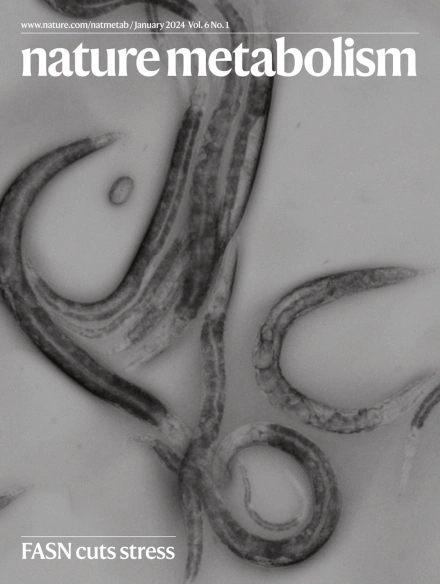解开GIPR激动剂与拮抗剂的悖论
IF 20.8
1区 医学
Q1 ENDOCRINOLOGY & METABOLISM
引用次数: 0
摘要
关于是抑制还是拮抗GIPR信号的争论使减肥药设计领域产生了分歧。Gutgesell et al.和Liu et al.的研究为解开解释两种促进减肥策略的成功的发散神经网络迈出了重要的第一步。本文章由计算机程序翻译,如有差异,请以英文原文为准。


Unravelling the GIPR agonist versus antagonist paradox
The debate over whether to agonize or antagonize GIPR signalling has divided the obesity drug design field. Studies from Gutgesell et al. and Liu et al. represent important first steps towards disentangling divergent neural networks that explain the success of both strategies for promoting weight loss.
求助全文
通过发布文献求助,成功后即可免费获取论文全文。
去求助
来源期刊

Nature metabolism
ENDOCRINOLOGY & METABOLISM-
CiteScore
27.50
自引率
2.40%
发文量
170
期刊介绍:
Nature Metabolism is a peer-reviewed scientific journal that covers a broad range of topics in metabolism research. It aims to advance the understanding of metabolic and homeostatic processes at a cellular and physiological level. The journal publishes research from various fields, including fundamental cell biology, basic biomedical and translational research, and integrative physiology. It focuses on how cellular metabolism affects cellular function, the physiology and homeostasis of organs and tissues, and the regulation of organismal energy homeostasis. It also investigates the molecular pathophysiology of metabolic diseases such as diabetes and obesity, as well as their treatment. Nature Metabolism follows the standards of other Nature-branded journals, with a dedicated team of professional editors, rigorous peer-review process, high standards of copy-editing and production, swift publication, and editorial independence. The journal has a high impact factor, has a certain influence in the international area, and is deeply concerned and cited by the majority of scholars.
 求助内容:
求助内容: 应助结果提醒方式:
应助结果提醒方式:


